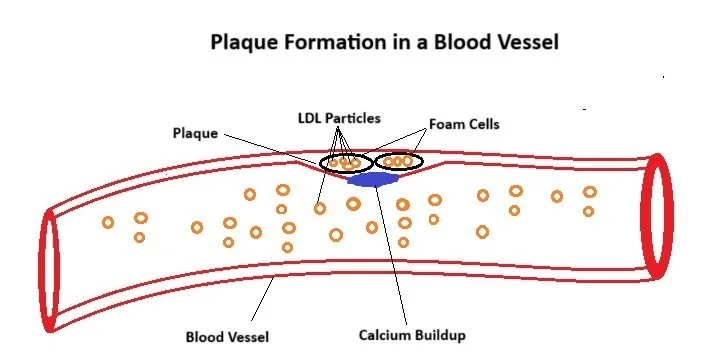Coronary Calcium Score: Barnacles on a Boat?
In preventative cardiology, one of the most important goals is to identify those who at are risk of developing heart disease, or those who have signs of heart disease so that we can intervene as early as possible to lower the risk of progression of heart disease and having a cardiac event. By cardiac event we mean major adverse cardiac events including heart attack, cardiac arrest or sudden cardiac death, congestive heart failure or stroke as well as other cardiac events including a blockage requiring a stent in the heart or bypass surgery in an elective or semi-elective fashion.
Typically, when approaching preventative cardiac care, all of the traditional cardiac risk factors are evaluated: family history of heart disease, tobacco use history, elevated blood pressure (hypertension), elevated cholesterol, diabetes, prediabetes, metabolic syndrome, obesity. Furthermore, more recently nontraditional cardiac risk factors are also evaluated: chronic inflammatory conditions such as autoimmune disease, poor dental hygiene, obstructive sleep apnea, chronic kidney disease, elevated lipoprotein(a) (also called Lp(a)), elevated uric acid level, air pollution, dietary choices, deconditioning and lack of physical activity, guy microbiota, and vitamin D deficiency.
After identifying which risk factors are present, it is determined if the risk factor can be modified and if the means by which it is altered or modified translates into a lower long term cardiac risk. For example, if someone with elevated blood pressure lowers their blood pressure, to a normal range consistently and long term, their risk of a cardiac event will be reduced going forward.
Beyond identifying and modifying risk factors, identifying presence of early cardiac disease can be helpful to reinforce the importance of vigilance in these efforts to lower risk and help with decision making. There are a number of tools to detect the presence of early (or advanced) stages of cardiac disease, for the purposes of this article we will specifically focus on atherosclerotic cardiovascular disease (or plaque build up in the arteries). Some of these tests include a stress test, angiogram, ultrasound of the carotid arteries or arteries in the legs, coronary CT angiogram as well as a coronary calcium score.
What is a coronary calcium score?
A coronary calcium score is a CAT scan (a high resolution X-ray) of the heart which measures the amount of calcium buildup on the coronary arteries, the blood vessels that bring blood flow to the heart itself to keep it supplied with oxygen and nutrients. The score ranges from 0 and can go up to 1000’s if there is extensive calcium buildup. It is important to note that not all plaque buildup in our arteries has calcium on it, so the calcium score doesn’t accurately measure the amount of plaque, but only the plaque that has calcium on it. Early stages of plaque formation typically do not have calcium buildup, but as the plaque progresses, or matures, calcium is often built up on these areas of plaque.
Why is a calcium score helpful?
The coronary calcium score is helpful to determine what our risk over the next decade is for having a cardiac event (heart attack, cardiac arrest, plaque buildup requiring a stent or bypass, or death related to heart disease - in this case the cardiac events are slightly different than above). Additionally, an individual can compare themselves to other individuals in their age and gender category in regards to what percentile they are in, or what percent of individuals in that group have a higher calcium score. Also, a vascular age can be calculated using the calcium score in conjunction with other data to compare to someone’s biologic age.
In practice the calcium score can help gauge an individual’s cardiac risk beyond what traditional risk factors can, as well as help in decision making to choose the right therapy or intervention for lowering cholesterol and aggressiveness of modifying other risk factors.
